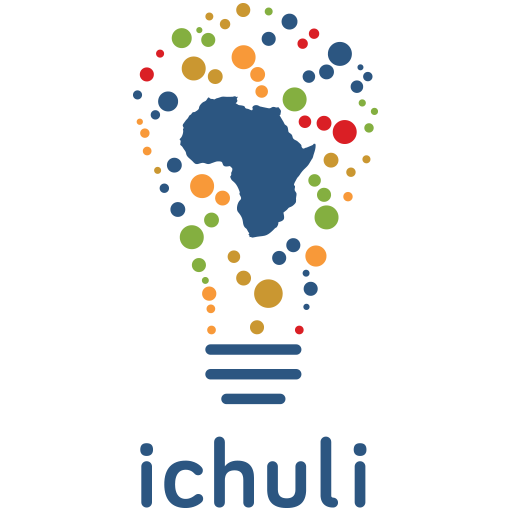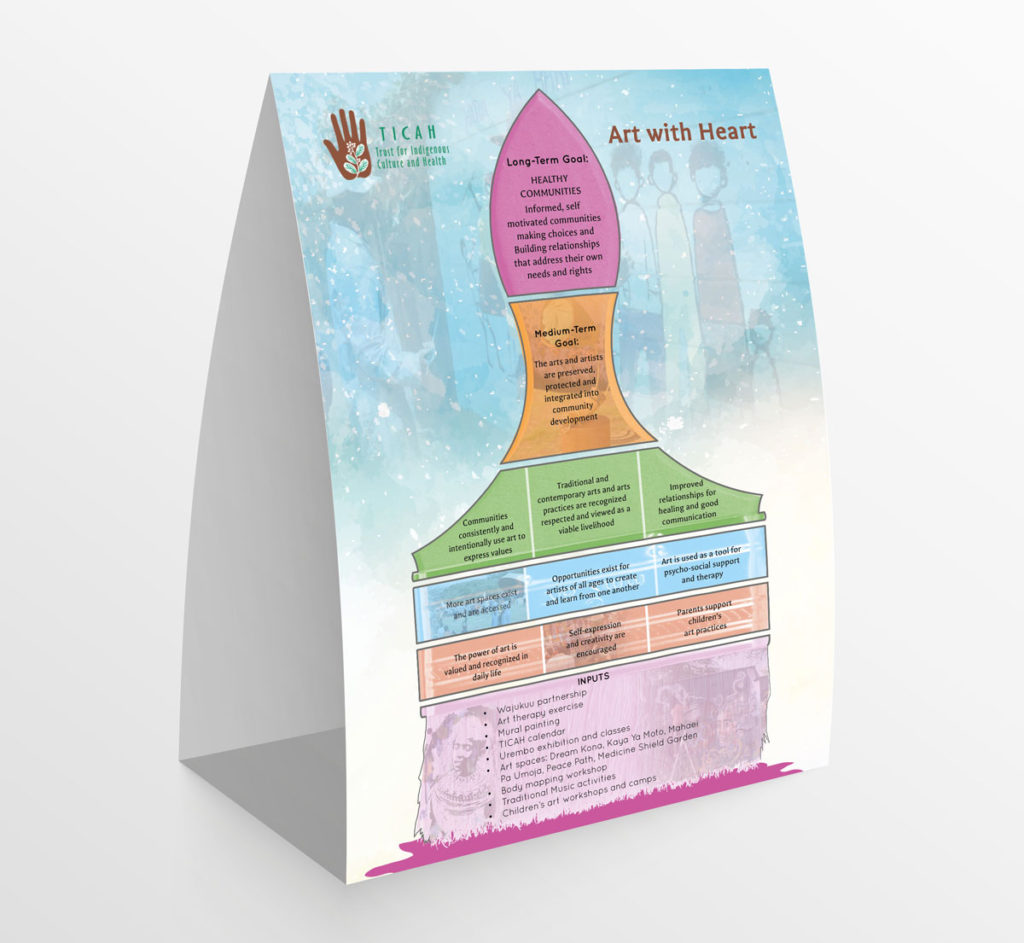Partners and Funders: Segal Family Foundation
Description: The Trust for Indigenous Culture and Health (TICAH) was established in Kenya in 2003. Their aim is to promote health through a focus on good relationships, healthy households and community action. TICAH seeks to learn from indigenous wisdom wherever they can. They believe beauty is important, that stories matter and that health is a matter of the body, the spirit and the heart. TICHAH’s work is done through four main, integrated programs: Medicine Wheel, Healthy Seeds, Art with Heart and Our Bodies, Our Choices.
At the start of the engagement, TICAH was conducting an organizational strategic planning process. They were looking for a creative MEL expert who could provide them with technical expertise to strengthen their current MEL systems to ensure they collected the most useful data possible and to distill learning that enabled them build on their unique program strengths. Ichuli’s initial role in the project was to help TICAH integrate its diverse programmatic areas into a unified organizational theory of change that was coherent and able to clearly communicate their unique approaches to community development in a language and structure that other partners, stakeholders and donors could readily understand. Following that, Ichuli supported TICAH in a strategic review of their Monitoring, Learning and Evaluation tools and to develop a MEL plan for the organization.
TICAH sought out Ichuli to partner with them on this mission due to our demonstrated expertise in the design and implementation of MEL systems that document processes, outcomes, and impacts of programs both quantitatively and qualitatively – especially of community-based interventions and projects that focus on social and individual behavior change. Ichuli worked closely with the technical and program teams to help strengthen their capacity in MEL to better identify their own information needs, improve their data collection and analysis processes, and strengthen the presentation and dissemination of their results in ways that spoke to them and to their partners.

